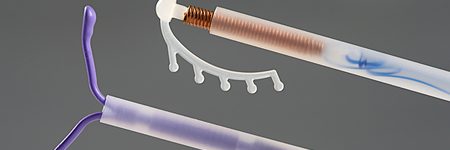Despite recent scientific gains in the world of female reproductive research, a significant number of American women still lack access to long-lasting contraception following childbirth. According to research conducted at the University of Michigan, although the rate of postpartum IUDs and implants has increased sevenfold over the past five years, 96 percent of those cases are placed at urban teaching hospitals, implying the service is “not available” at more rural and urban nonteaching hospitals.
These findings further shed light on the disparity of long-term, reversible birth control measures available to patients across the United States.
They also raise important questions regarding inpatient postpartum IUDs, and their potential benefit to women over time. Lead author Michelle Moniz weighed in on this idea following the study’s publication in Obstetrics & Gynecology: “Getting an IUD right after childbirth may be more convenient and less painful than insertion at a later office visit,” she says. “But we found that access to this service varies greatly depending on where a woman delivers her baby.”
Although IUDs inserted after birth have a higher chance of falling out than those inserted four to eight weeks later, Moniz maintains that the risk for potential infections or injuries is “exceedingly low.” Similarly, contraceptive implants do not have a risk of falling out, which makes them ideal for maternal hospitalization as well.
Researchers also discovered that IUD and implant insertions were more common among “sicker, poorer women” at urban teaching hospitals. Eighty-five percent of these IUDs were given to women with public or similar insurance, such as Medicaid, Medicare and self-pay. In terms of a far-reaching impact, researchers believe expanding access to reversible birth control is key, and it’s a move that maternity clinicians and policymakers should advocate for.
“We know that many women’s first choice for birth control is an IUD or implant, which are also the safest and most effective forms of reversible contraception,” Moniz says. “We need to remove the barriers that prevent women from getting their preferred method of contraception in a way that’s most convenient for them.”

